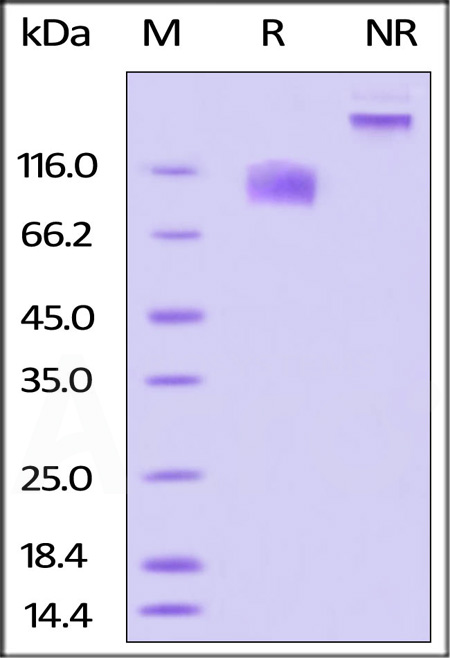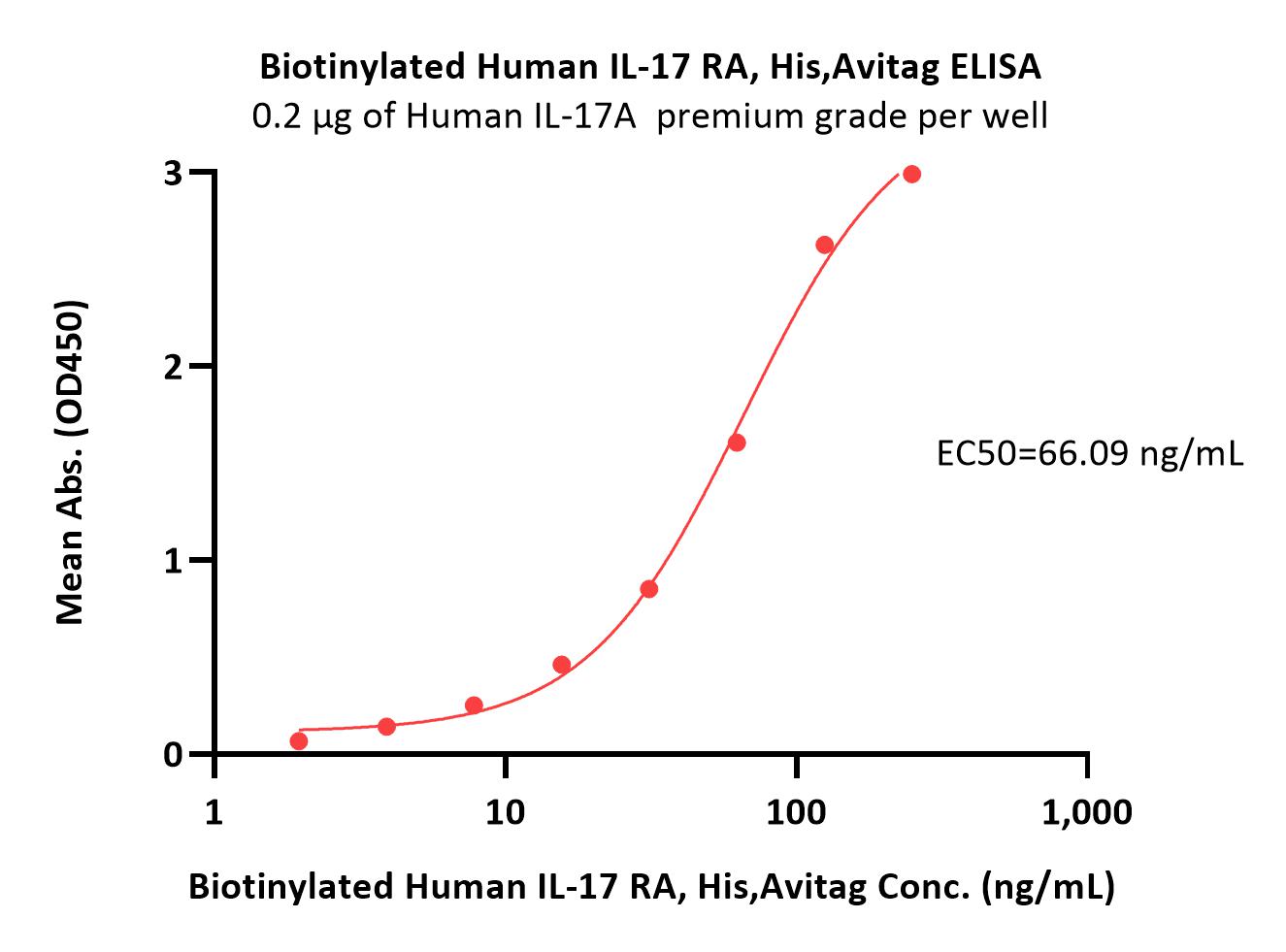Predictive Value of Serum sIL-2R Levels and Th17/Treg Immune Balance for Disease Progression in Patients With Rheumatoid Arthritis-Associated Interstitial Lung DiseaseJin, Guo, Ding
et alInt J Rheum Dis (2025) 28 (3), e70151
Abstract: This article analyzed the relationship between serum sIL-2R levels and Th17/Treg immune balance in patients with rheumatoid arthritis-associated interstitial lung disease (RA-ILD) and their prognostic value.RA patients (n = 311) were retrospectively selected for research and then allocated to the RA and RA-ILD groups. Baseline data and 3-year follow-up records of all patients were attained to assess disease progression. Serum sIL-2R levels were examined with ELISA, and Th17 and Treg cell clusters were tested with flow cytometry, followed by the calculation of the Th17/Treg ratio. The correlation of serum sIL-2R with Th17/Treg and related cytokines (IL-17, IL-6, IL-10, and TGF-β1) in RA-ILD patients were analyzed with Spearman's analysis. ROC curves were plotted for analyzing the performance of serum sIL-2R levels and the Th17/Treg ratio for predicting disease progression in RA-ILD patients. A multivariate Cox regression model was developed to screen independent risk factors for disease progression in RA-ILD patients.RA-ILD patients had elevated serum levels of sIL-2R, Th17 cells, IL-17, and IL-6 and an increased ratio of Th17/Treg, accompanied by a decreased Treg cell population and IL-10 and TGF-β1 levels. Serum sIL-2R levels were correlated positively with IL-17 levels and the Th17/Treg ratio in RA-ILD patients and negatively with IL-10 levels. DAS28 scores, serum sIL-2R levels, and an elevated Th17/Treg ratio were independent risk factors for disease progression in RA-ILD patients, and increased FEV1 and FEV1/FVC were protective factors.Serum sIL-2R levels in conjunction with Th17/Treg immune balance can assist in predicting 3-year disease progression in RA-ILD patients.© 2025 Asia Pacific League of Associations for Rheumatology and John Wiley & Sons Australia, Ltd.
Redirecting immune signaling with cytokine adaptorsAbhiraman, Householder, Rodriguez
et alNat Commun (2025) 16 (1), 2432
Abstract: Cytokines are signaling molecules that coordinate complex immune processes and are frequently dysregulated in disease. While cytokine blockade has become a common therapeutic modality, cytokine agonism has had limited utility due to the widespread expression of cytokine receptors with pleiotropic effects. To overcome this limitation, we devise an approach to engineer molecular switches, termed cytokine adaptors, that transform one cytokine signal into an alternative signal with a different functional output. Endogenous cytokines act to nucleate the adaptors, converting the cytokine-adaptor complex into a surrogate agonist for a different cytokine pathway. In this way, cytokine adaptors, which have no intrinsic agonist activity, can function as conditional, context-dependent agonists. We develop cytokine adaptors that convert IL-10 or TGF-β into IL-2 receptor agonists to reverse T cell suppression. We also convert the pro-inflammatory cytokines IL-23 or IL-17 into immunosuppressive IL-10 receptor agonists. Thus, we show that cytokine adaptors can convert immunosuppressive cytokines into immunostimulatory cytokines, or vice versa. Unlike other methods of immune conversion that require cell engineering, cytokine adaptors are soluble molecules that leverage endogenous cues from the microenvironment to drive context-specific signaling.© 2025. The Author(s).
[Effect and mechanism of acupotomy tendon-sparing and knot-dissolving technique in inhibiting bone destruction in rats with rheumatoid arthritis based on the PI3K/AKT/NFATc1 pathway]Li, Chen, Wang
et alZhen Ci Yan Jiu (2025) 50 (2), 131-140
Abstract: To observe the effect of acupotomy tendon-sparing and knot-dissolving technique on bone destruction and phosphatidylinositol 3-kinase (PI3K)/protein kinase B (AKT)/nuclear factor of activated T cells c1 (NFATc1) pathway in rats with rheumatoid arthritis (RA), so as to investigate the underlying mechanism.Forty SD rats were randomly divided into normal, model, medication (tripterygium wilfordii), and acupotomy groups, with 10 rats in each group. Except for the normal group, the rest of the rats were injected with bovine type II collagen emulsion at the base of tails to establish a collagen-induced RA model. The acupotomy group was treated with acupotomy tendon-sparing and knot-dissolving technique, once every 3 days, with a continuous intervention for 9 times. The medication group was given tripterygium wilfordii polyglycoside suspension (8 mg·kg-1) by gavage, once a day for 28 days continuously. The swelling degree of the ankle joint and the arthritis index score of the rats were observed. Micro-CT scanning was used to observe the degree of bone destruction in the left ankle joint. HE staining and ferruben-solid green staining were used to observe the pathological morphological changes of synovial and cartilage tissue respectively. ELISA was used to detect the contents of tumor necrosis factor (TNF)-α, interleukin (IL)-1β, IL-6 and IL-17 in synovial tissue. Tartrate-resistant acid phosphatase (TRAP) staining was used to observe the number of osteoclasts in the left ankle joint. Western blot was used to detect the expression levels of NFATc1, p-PI3K and p-AKT proteins in synovial tissue. Immunohistochemistry was used to detect the positive expressions of matrix metalloproteinase-9 (MMP9), cathepsin K (CTSK) and TNF receptor-associated factor 6 (TRAF6) in the synovial tissue of the ankle joint.In comparison with the normal group, the bones of the ankle joint and toes of rats were severely eroded, with an uneven surface in the model group; there was a large number of inflammatory cell infiltrations in the synovial tissue, obvious damage to the articular cartilage, and disordered arrangement of synovial cells; the cartilage matrix was damaged, the cartilage layer was rough, and the subchondral bone structure was disordered. In comparison with the model group, the above histopathological changes in the medication group and the acupotomy group were alleviated. Compared with the normal group, the joint swelling degree, arthritis index, the ratio of bone surface area to bone volume (BS/BV), trabecular number (Tb.N), trabecular separation (Tb.Sp), the contents of TNF-α, IL-1β, IL-6 and IL-17 in synovial tissue, the number of osteoclasts in the joint, the expressions or ratios of NFATc1, p-PI3K/PI3K, p-AKT/AKT proteins in synovial tissue, and the positive expressions of TRAF6, CTSK and MMP9 proteins in synovial tissue in the model group were significantly increased (P<0.01), while the bone mineral density (BMD), bone volume fraction (BV/TV) and trabecular thickness (Tb.Th) were significantly decreased (P<0.01). Compared with the model group, the joint swelling degree, arthritis index, BS/BV, Tb.Sp, the contents of TNF-α, IL-1β, IL-6 and IL-17 in synovial tissue, the number of osteoclasts, the expressions or ratios of NFATc1, p-PI3K/PI3K, p-AKT/AKT proteins in synovial tissue, and the positive expressions of TRAF6, CTSK and MMP9 proteins in synovial tissue in the medication group and the acupotomy group were significantly decreased (P<0.01, P<0.05), while BMD, BV/TV and Tb.Th were significantly increased (P<0.01, P<0.05), and Tb.N in the acupotomy group was significantly decreased (P<0.01).Acupotomy tendon-sparing and knot-dissolving technique can effectively reduce the inflammatory response, relieve the pathological damage of joint tissues and inhibit bone destruction in RA rats, and its mechanism may be related to inhibiting the activation of the PI3K/AKT/NFATc1 pathway.
Id2 exacerbates the development of rheumatoid arthritis by increasing IFN-γ production in CD4+ T cellsSun, Miao, Zhang
et alClin Transl Med (2025) 15 (3), e70242
Abstract: This research investigates the role of inhibitor of differentiation 2 (Id2) in the synthesis of pro-inflammatory cytokines, specifically interferon-γ (IFN-γ) and interleukin-17 (IL-17), by various subsets of T cells, and its pathogenic role in rheumatoid arthritis (RA).Flow cytometry was employed to assess T-cell activation and Id2 expression in 72 RA patients and 23 healthy controls. In vitro, peripheral blood mononuclear cells were treated with either an Id2 inhibitor or a T-cell co-stimulation inhibitor. An in vivo collagen-induced arthritis (CIA) model was established using T-cell-specific Id2 knockout mice. Additionally, follow-up observations were conducted among treated RA patients.T-cell activation levels in RA synovial fluid were significantly elevated. A positive correlation was found between increased IFN-γ and Id2 expression. In vitro, antagonising Id2 reduced IFN-γ production after T-cell activation. T-cell-specific Id2 knockout mice exhibited a diminished occurrence and severity of CIA, along with a significant decrease in IFN-γ expression. Clinical monitoring indicated that Id2-induced circulating T-cell IFN-γ expression significantly decreased following treatment with the T-cell activation inhibitor abatacept.The data suggest that high Id2 expression is a critical regulator of pro-inflammatory cytokine upregulation, particularly IFN-γ, by hyperactivated T cells in RA, potentially exacerbating the disease. Inhibiting Id2 expression or function may offer new therapeutic approaches for RA joint inflammation.Pro-inflammatory cytokines are significantly upregulated in the synovial fluid T cells in rheumatoid arthritis patients. The expression of pro-inflammatory cytokine interferon-γ (IFN-γ) positively correlates with the high expression of inhibitor of differentiation 2 (Id2). The inhibition or ablation of Id2 can effectively suppress IFN-γ production and the onset and progression of arthritis.© 2025 The Author(s). Clinical and Translational Medicine published by John Wiley & Sons Australia, Ltd on behalf of Shanghai Institute of Clinical Bioinformatics.





 +添加评论
+添加评论






















































 膜杰作
膜杰作 Star Staining
Star Staining














